Key Points
- Cryptocurrency contracts allow traders to speculate or hedge flexibly without holding the actual asset and to amplify profit opportunities through leverage, but risks also increase.
- Risk management is crucial—using stop-loss orders wisely, controlling position sizes, and cautiously increasing leverage can help prevent liquidation and ensure fund safety.
- Strategies vary with experience—beginners are advised to start with trend trading and breakout trading, while advanced traders can try scalping, arbitrage, funding rate trading, and other advanced strategies.
- Continuous learning and trading discipline—market changes rapidly, keeping information updated, optimizing strategies, and controlling emotions are key to achieving long-term stable profits.

Contract trading has long played a significant role in traditional financial markets, helping investors speculate, hedge risks, and manage funds. In the cryptocurrency market, contract trading has rapidly emerged, providing traders with the opportunity to profit from the high volatility of digital assets like Bitcoin (BTC) and Ethereum (ETH).
But how do cryptocurrency contracts actually work? What strategies are suitable for beginners, and which are for advanced traders? In this article, we will start from the basics, delve into practical trading strategies, and share key risk management principles to help you master this high-risk but opportunity-filled trading market.
Introduction to Cryptocurrency Contract Trading
What are Cryptocurrency Contracts?
Cryptocurrency contracts are a type of derivative that allows traders to buy and sell based on market price changes without holding the actual asset. These contracts specify buying or selling cryptocurrency at a predetermined price on a specific date, but the most popular type currently in the market is perpetual contracts. Perpetual contracts have no expiration date and maintain price proximity to the spot market through a funding rate mechanism, such as Bitcoin perpetual contracts using funding rates to keep prices close to the spot market, making them the preferred choice for traders.
The greatest advantage of contract trading is flexibility (e.g., Bitcoin contracts)—traders can choose to go long (betting on price increases) or short (betting on price decreases), finding trading opportunities whether the market is in a bull or bear phase. Unlike spot trading, contract trading does not require actual cryptocurrency holdings but instead leverages to amplify trading scale for price speculation or risk hedging.
Why Choose Contract Trading Over Spot Trading?
The biggest attraction of cryptocurrency contract trading lies in leverage, which can amplify profits but also increases risk. For example, with 5x leverage, if the price increases by 2%, your profit will be magnified to 10%; however, if the price falls by 2%, your loss will similarly expand by 5 times. Therefore, leverage use requires careful management.
Another key advantage is risk hedging. If you hold cryptocurrency in spot but are concerned about a short-term price drop, you can hedge by shorting the contract. Even if the market drops, your contract position can still be profitable, offsetting losses from the spot position. This strategy is commonly used by long-term investors, miners, or traders looking to reduce market volatility risk.
Risks to Be Aware Of
High Volatility + Leverage = Rapid Losses
The cryptocurrency market is highly volatile, with prices capable of significant fluctuations in a short time. When high leverage combines with market volatility, even slight price changes can lead to massive losses or trigger forced liquidation (liquidation). The reason for forced liquidation is that the account's margin is insufficient to bear potential losses, and the exchange will automatically liquidate the position to prevent further losses. Thus, high-leverage cryptocurrency contract trading can lead to extreme gains or losses in a short period, requiring traders to manage risk carefully.
Basis Risk and Funding Rate Risk
Cryptocurrency contract prices do not always align perfectly with spot markets; there may be price deviations between the two, known as basis risk. When markets are highly volatile or lacking liquidity, the prices of Bitcoin contracts may deviate significantly from the spot market, leading to additional risks and affecting traders' expected returns.
Moreover, perpetual contracts employ a funding rate mechanism, where long and short holders must periodically pay each other to keep contract prices close to spot prices. If market sentiment is extremely biased towards one side (e.g., many investors going long), the funding rate may rise significantly, cutting into your trading profits.
Counterparty and Exchange Risks
Not all cryptocurrency contract exchanges are strictly regulated; many exchanges are located in regions with opaque regulations, facing risks of hacking, fund misappropriation, or even bankruptcy. If an exchange experiences a financial crisis, your funds may become unavailable for withdrawal.
To mitigate these risks, it is recommended to choose exchanges with high trading volumes and good reputations and to avoid storing all funds on a single platform.
Regulatory Risks
The U.S. Securities and Exchange Commission (SEC) and the Commodity Futures Trading Commission (CFTC) have long categorized cryptocurrency contracts as high-risk speculative products and have increased regulation. Some exchanges may restrict users' access to funds due to policy limitations or even exit certain markets. Therefore, it is essential to understand relevant laws and regulations before trading to avoid being affected by policy changes.
Trading Strategies Suitable for Beginners
If you are new to cryptocurrency contract trading, it is advisable to start with simple, stable strategies focusing on risk control and market learning. Here are four suitable contract trading strategies for beginners:
Trend Trading
'The trend is your friend.' The core principle of trend trading is to go with the trend, requiring traders to identify the main market direction (uptrend, downtrend, or sideways) and trade accordingly.
How to Identify Trends?
- Use moving averages (such as the 50-day and 200-day moving averages): If the short-term moving average is above the long-term moving average and prices continue to reach higher highs, it indicates that the market is in an uptrend.
- Conversely, if the short-term moving average crosses below the long-term moving average and the price continues to hit new lows, the market may be in a downtrend.
Timing of Entry
- Confirming Trend Direction: If prices rise accompanied by increased volume, it is usually a reliable trend signal, and entry should be considered.
Timing of Exit
- Weakening trend: If the price breaks below key moving averages or creates lower lows, consider stopping out to prevent further losses.
Beginners Avoid: Trading Against the Trend
- Beginners are not advised to attempt trading against the trend (e.g., shorting in an uptrend) as this requires more precise timing and carries higher risks.
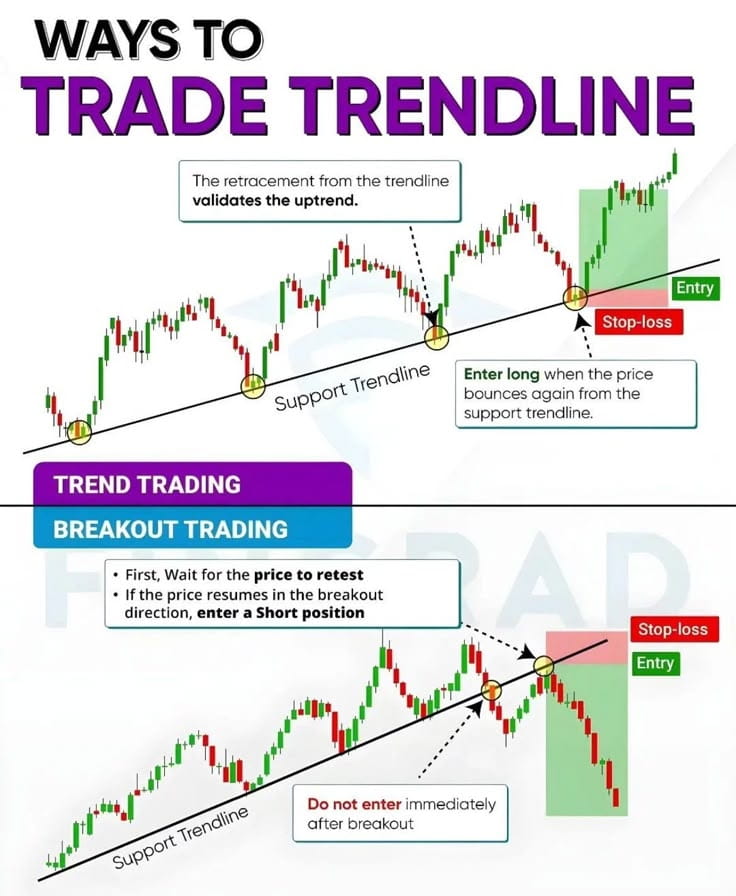
Breakout Trading
The goal of this strategy is to enter the market when prices break through key support or resistance areas, capturing strong market trends. In cryptocurrency contract trading, breakout strategies are suitable when the market enters a strong trend and should be accompanied by volume confirmation.
How to Identify Breakouts?
- Look for trading ranges: Observe if the market is oscillating between clear support and resistance, for example, ETH remaining in the range of $1,500 to $1,600 for an extended period.
- Wait for Volume Confirmation: Effective breakouts are usually accompanied by a surge in volume, indicating that capital is beginning to flow into the market.
How to Avoid False Breakouts?
- False Breakout refers to a price temporarily breaking through a key level and then quickly retracing, leading to traders being 'fooled'.
- Set stop-loss: If buying (going long) after breaking resistance, set the stop-loss just below the original resistance level (which has now become support) to avoid significant pullbacks from false breakouts.
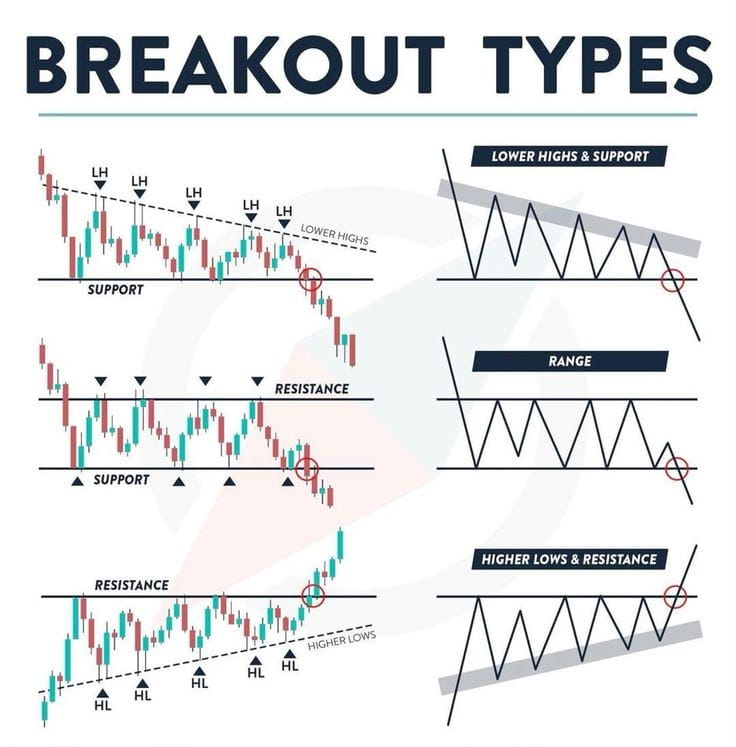
Moving Average Crossover
Moving averages are used to smooth price fluctuations, helping traders identify trend changes.
Golden Cross
- When the short-term moving average (such as the 50-day) crosses above the long-term moving average (such as the 200-day), it suggests that the market may enter a strong uptrend, suitable for going long.
Death Cross
- When the short-term moving average crosses below the long-term moving average, it signifies that the market is entering a downtrend, suitable for shorting or reducing positions.
Applicable Market Conditions
- The moving average crossover strategy performs better in 'trending markets,' but in sideways markets, moving averages may cross frequently, leading to an increase in false signals (whipsaws), affecting trading accuracy.
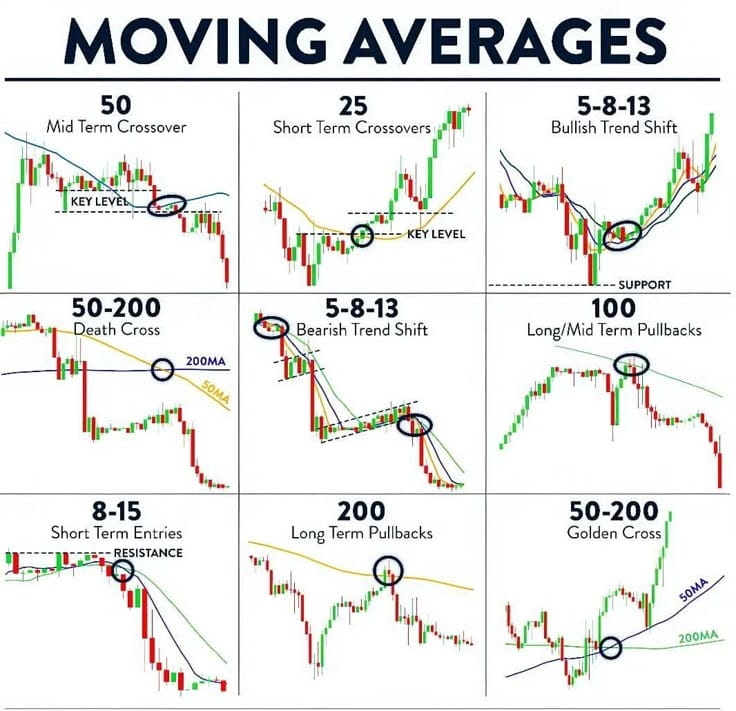
Advanced Trading Strategies
Experienced traders can explore more advanced strategies that require faster decision-making, greater capital investment, and more professional analysis. The goal of these strategies is to exploit market inefficiencies, lock in arbitrage opportunities, or reduce risk through hedging.
Short-term Scalping
Scalping is an ultra-short-term trading strategy that aims to profit from small price movements over very short periods, typically holding positions for only seconds to minutes. When conducting cryptocurrency contract trading with scalping, execution speed and low trading costs are key to success.
Execution Speed
- Scalpers typically use 1-minute or shorter candlestick charts and require ultra-low latency order execution to ensure they can enter and exit the market instantly.
Risk Control
- A single large loss can instantly wipe out dozens of small profits, so strictly executing stop-loss orders is extremely important.
Trading Cost Management
- Due to the extremely high frequency of scalping trades, trading fees can severely erode profits. Therefore, scalpers typically choose platforms with low fees or rebate mechanisms.

Arbitrage Trading
Arbitrage trading utilizes price differences between different markets or contract types to earn low-risk returns.
Spot and Contract Arbitrage
- Traders buy assets in the spot market while shorting (selling) the same asset's contract in the futures market. If the futures price is higher than the spot price, arbitrageurs can lock in profits as prices converge.
Cross-Exchange Arbitrage
- Different exchanges may quote different prices for the same asset, allowing traders to buy at lower-priced exchanges and sell at higher-priced ones to profit from the price difference.
Arbitrage Trading Considerations
- Low risk but low return: Arbitrage trading is often considered a lower-risk strategy, but profits are typically smaller, thus requiring significant capital investment to achieve meaningful returns.
- Execution speed is crucial: Price differences usually last only for a very short time, so execution speed and trading costs can affect the feasibility of arbitrage trading.
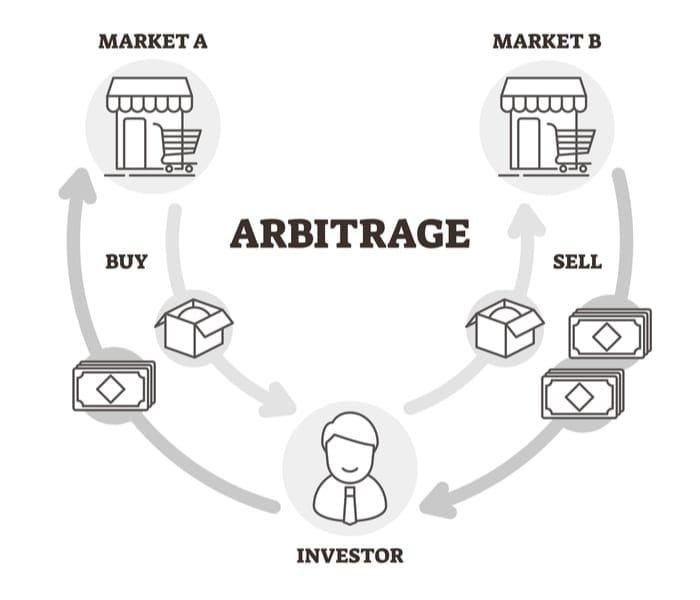
Hedging Trades
Hedging is not for direct profit but to reduce the impact of market price fluctuations on existing positions, avoiding excessive unilateral exposure.
Long Position Hedging
- If a trader holds ETH long-term but is concerned about a short-term price drop, they can short the ETH/USDT contract to offset potential losses.
- If the price of ETH drops, the profits from the contract will partially offset the losses from the spot position.
Delta-Neutral Strategy
- Some professional traders or miners use Delta-Neutral strategies to hold equal amounts of long and short positions, bringing their market exposure close to zero to reduce the impact of market volatility.
Costs of Hedging Trades
- Hedging trades usually require payment of funding rates; additionally, certain types of contracts may have premiums, so hedging trades are not free, but they can reduce the impact of extreme market volatility on the portfolio.
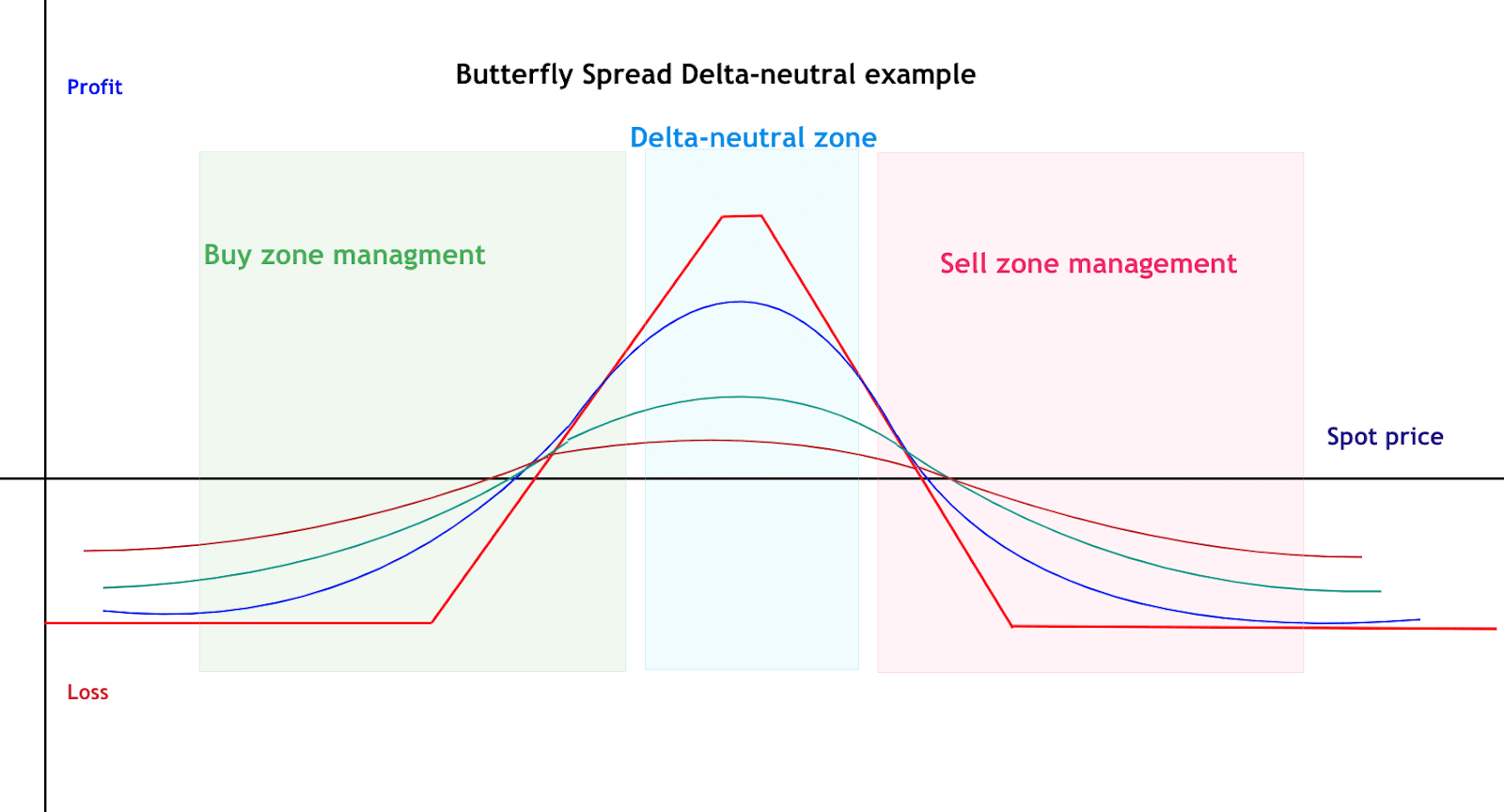
Funding Rate Trading
In perpetual contracts, exchanges maintain the proximity of contract prices to spot prices through funding rates. The funding rate is a periodic payment mechanism between long and short positions; when the perpetual contract price is higher than the spot price, longs usually pay shorts, and vice versa.
Arbitrage Funding Rates
- When funding rates are extremely high, traders can short perpetual contracts and go long in the spot or quarterly contract market, thus obtaining funding rate subsidies, with market direction changes not having a significant impact on the trade. Arbitraging Bitcoin perpetual contracts' funding rates allows traders to earn passive income while maintaining a neutral position in the market.
Funding Rates as Market Sentiment Indicators
- Extreme funding rates usually represent excessive market preference for one side; for example, when funding rates are very high, it indicates that the market is overly crowded on the long side, which may signal a market reversal.
- Many advanced traders look for counter-trading opportunities based on extreme funding rate data.
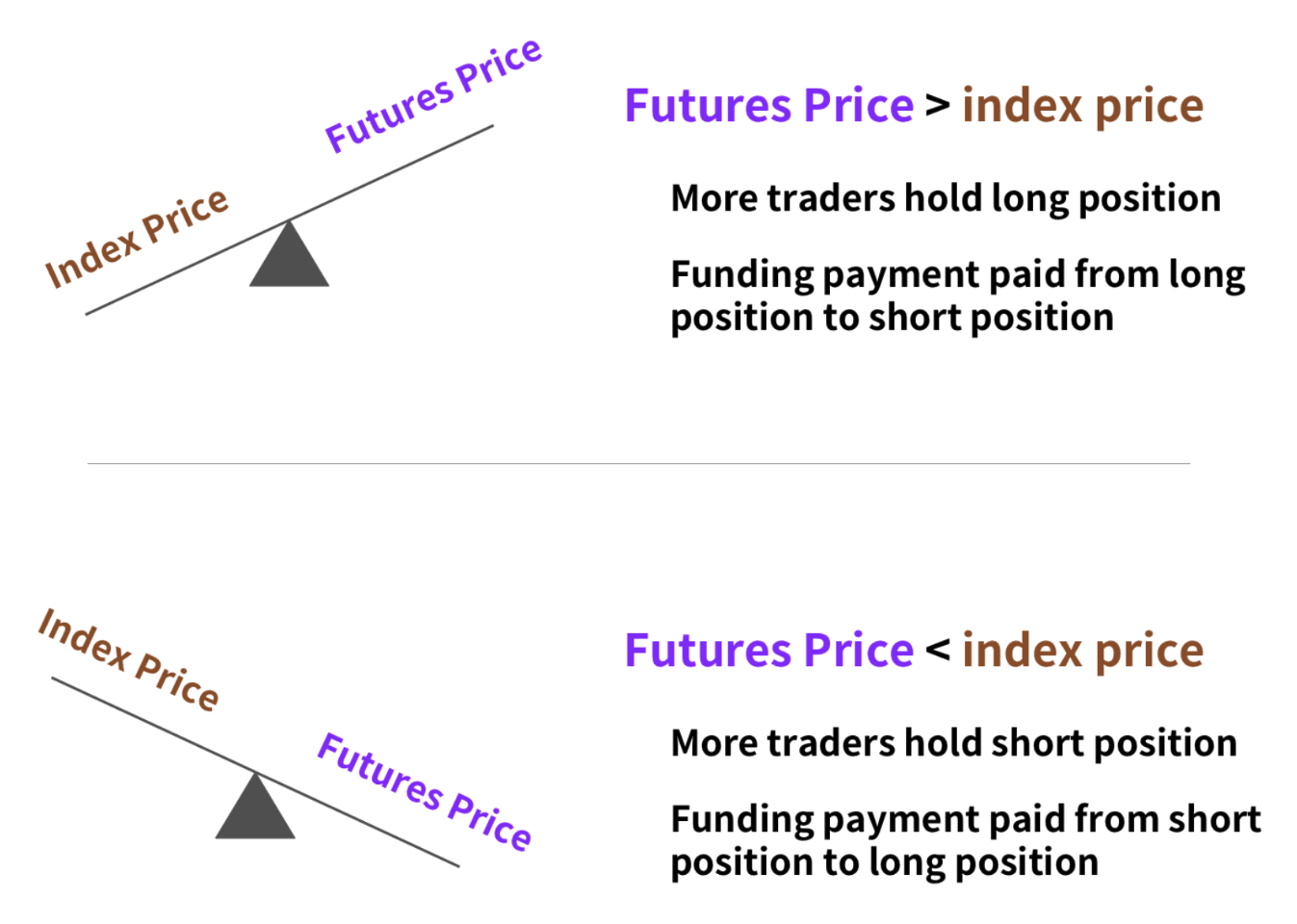
Technical Analysis Methods
In cryptocurrency trading, Technical Analysis (TA) is an important tool for many traders. By using price charts and technical indicators, they can better judge market trends and help formulate trading strategies.
Relative Strength Index (RSI)
- RSI is primarily used to measure market momentum, with values ranging from 0 to 100. When RSI is above 70, it indicates that the market may be overbought; below 30 may indicate overselling.
- If the price continues to hit new highs while the RSI is declining, this may signal weakening market momentum, reminding traders to act cautiously.
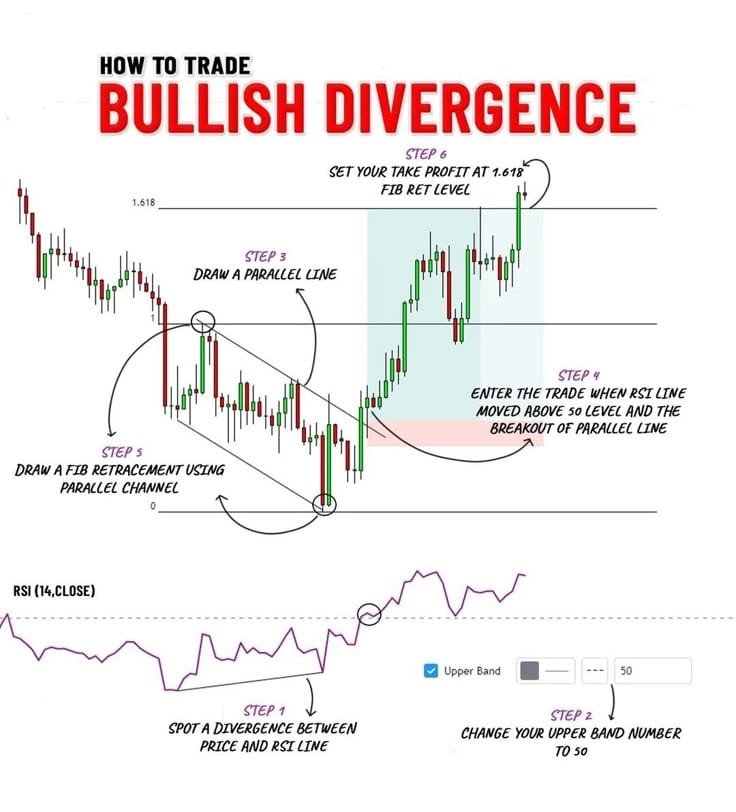
Moving Average Convergence Divergence (MACD)
In Bitcoin contract trading, the MACD indicator can help traders determine the strength of market trends.
- This is a trend-following momentum indicator consisting of two moving averages.
- When the MACD line crosses above the signal line, it typically indicates that market momentum is strengthening, possibly signaling a buy opportunity. However, in choppy markets, MACD can easily mislead, so it is advisable to use it in conjunction with other analysis tools.
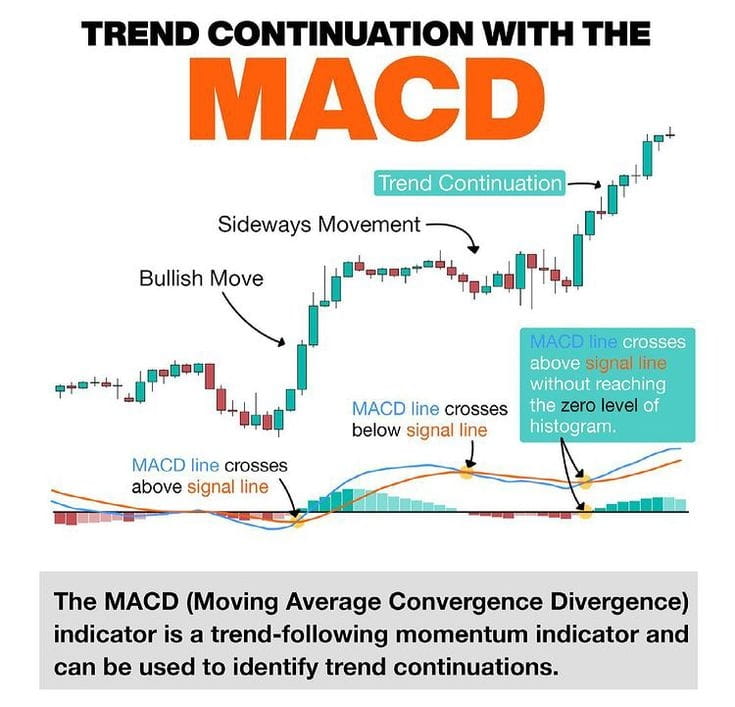
Bollinger Bands
- Composed of the middle simple moving average (SMA) and upper and lower bands, these bands widen or narrow with market volatility.
- When the Bollinger Bands narrow ('squeeze'), it typically indicates that the market is about to experience significant volatility. If the price touches the upper band, it may suggest that the market is overbought, while touching the lower band may indicate that the market is oversold.
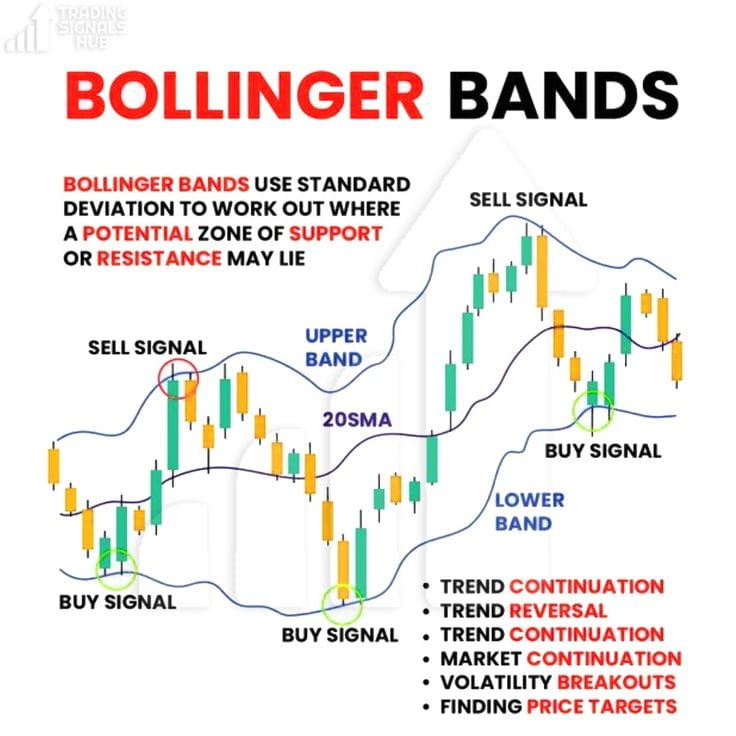
Fibonacci Retracement
- Primarily used to identify potential support and resistance levels, especially the key levels of 38.2%, 50%, and 61.8%.
- Traders often look for buying or selling opportunities near these levels or assess whether a trend reversal is likely.
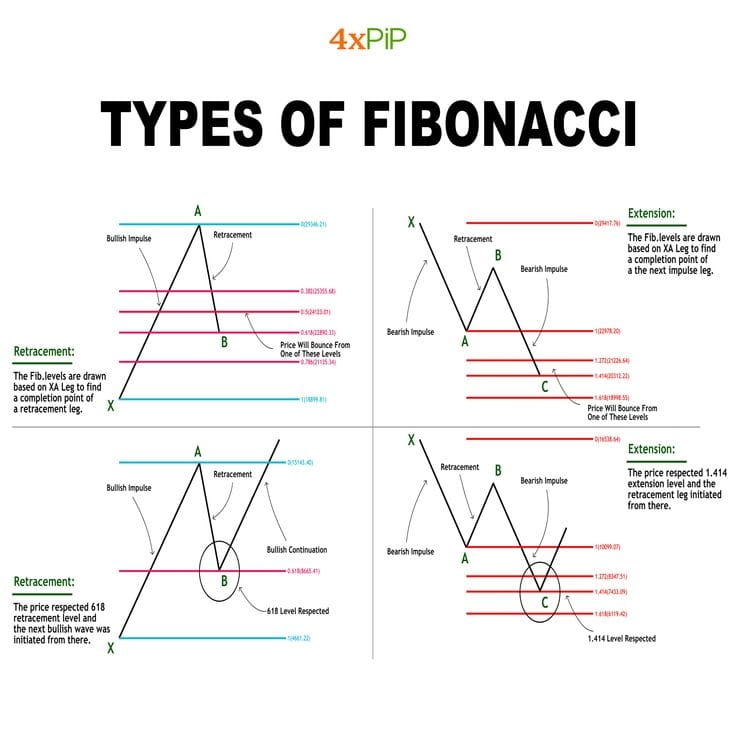
Volume Profile Analysis
- By analyzing trading volumes across different price ranges, identify the market's support, resistance, and breakout areas.
- Control Points (POC) are usually the price areas with the highest trading volume, and this position may become key support or resistance for future market movements, worthy of close attention.
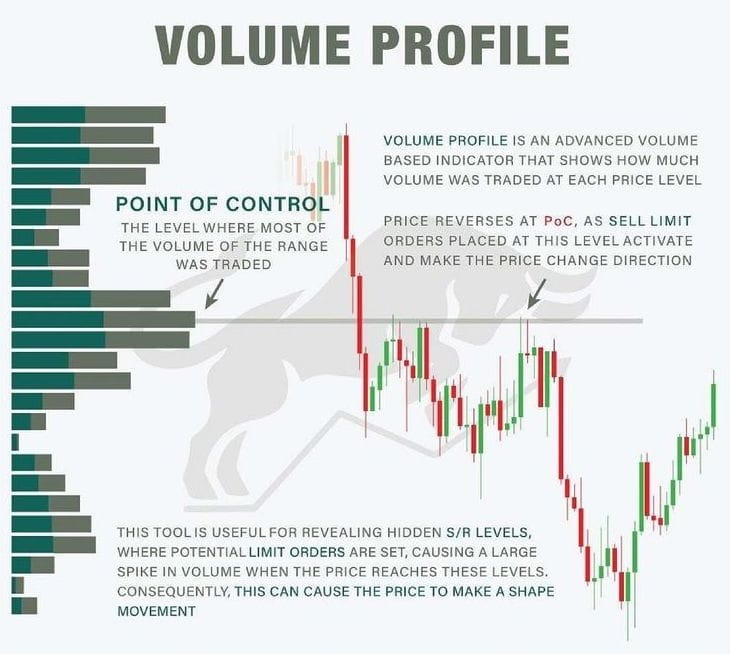
Fundamental Analysis Methods
Technical Analysis (TA) primarily relies on charts to predict price movements, while Fundamental Analysis (FA) focuses on broader market factors to assess the long-term value of cryptocurrencies.
Market News and Events
- Regulatory announcements, major collaborations, exchange listings, and macroeconomic news often trigger significant market volatility.
- Macroeconomic events, such as the Federal Reserve's interest rate decisions, can significantly impact the Bitcoin contract market.
- It is recommended to set alerts for key economic data (such as Federal Reserve interest rate decisions) as cryptocurrency market trends often correlate with changes in investor sentiment in the stock market.
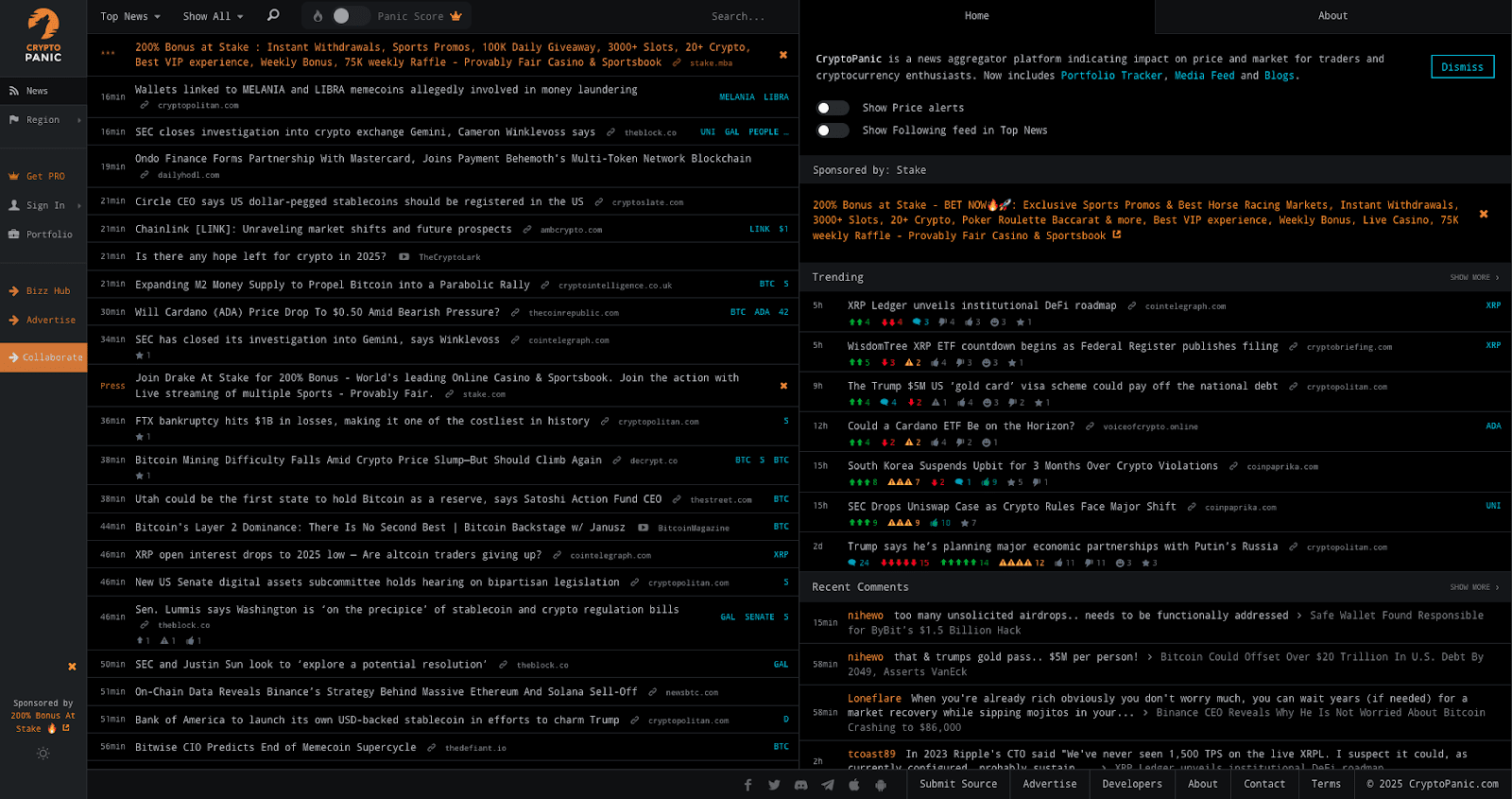
On-chain Data
- As a unique advantage of the cryptocurrency market, public blockchains allow anyone to analyze trading volumes, active address counts, and token distributions.
- For example, the NVT ratio compares the market capitalization of the blockchain to its transaction volume to evaluate whether the current market is overvalued or undervalued.
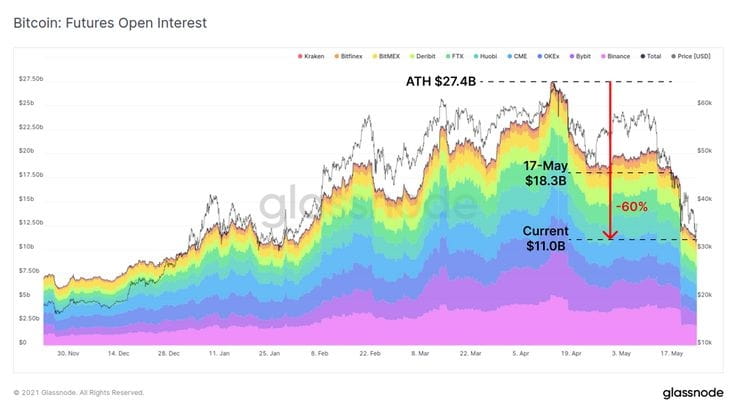
Macroeconomic Factors
- Interest rates, inflation, and global capital flows can all impact the cryptocurrency market. If central banks tighten monetary policy (e.g., by raising interest rates), risk assets (including cryptocurrencies) may face selling pressure.
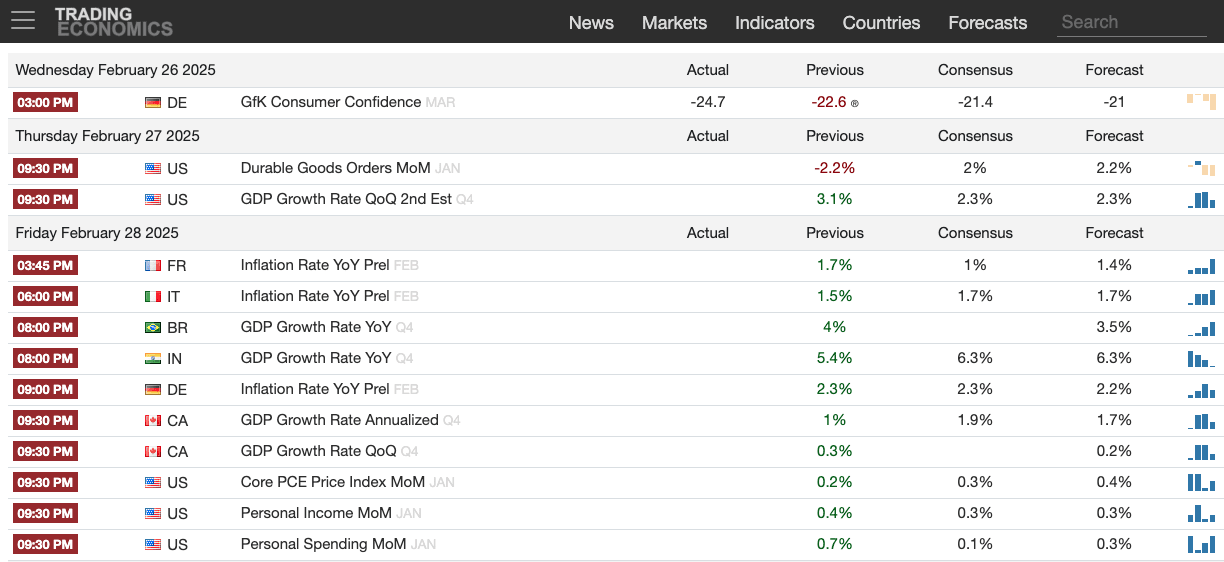
Market Sentiment Analysis
- Tools like the 'Crypto Fear & Greed Index' can gauge the overall state of market sentiment.
- When market sentiment is extremely greedy, it may indicate that the market is overheating and carries a risk of pullback; conversely, extreme fear may indicate that the market is about to bottom and present a rebound opportunity.
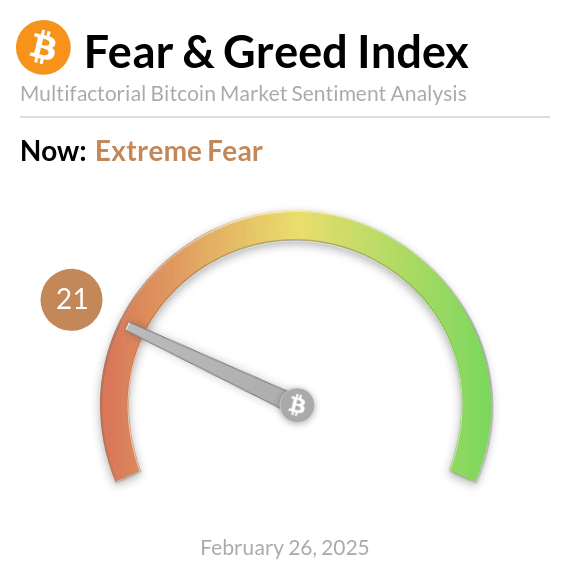
Risk Management and Leverage Control
Cryptocurrency contract trading is fast-paced and highly volatile, making risk management crucial. Without proper controls, leverage can wipe out your account in an instant.
Key Risk Management Strategies
- Set stop-loss orders: Always set a stop-loss point based on your trading plan, not arbitrarily based on a percentage.
- Position management: The risk of each trade should be controlled within 1–2% of the total account funds, and position sizes should be adjusted to ensure that a 5% price fluctuation does not exceed your risk tolerance.
- Leverage Control: Avoid using extremely high leverage, advised to keep it within 2–5 times to reduce the risk of forced liquidation. In cryptocurrency contract trading, using stop-loss orders and reasonable leverage allocation is crucial to prevent liquidation.
- Preventing liquidation: Set stop-loss orders in a timely manner to avoid being passively liquidated after reaching the liquidation price and incurring high fees. Use separate margins to ensure that a single trade does not affect the entire account's funds. In Bitcoin contract trading, traders should set stop-loss orders before reaching the liquidation price to prevent forced liquidation.
- Risk/Reward Ratio: Set trading targets at a reward-to-risk ratio of 2:1 or higher to ensure greater profit opportunities than risks.
- Emotion Control: Avoid FOMO (Fear of Missing Out), panic trading, and greed, and always execute according to your trading plan rather than being influenced by market sentiment.
Common Mistakes and Pitfalls
- Over-leverage: High leverage can bring high returns but is more likely to lead to liquidation.
- Impulsive Trading: Trading randomly under the influence of market sentiment often leads to losses.
- Lack of Trading Strategy: Random entries and unplanned trades are unlikely to achieve stable profits.
- Trading against the trend: Trading against a strong trend has a low success rate and high risk.
- Ignoring trading costs: Exchange fees and funding rates can gradually erode your profits. When trading Bitcoin perpetual contracts, closely monitor funding rate costs to avoid prolonged positions eroding your returns.
- Overtrading: Trading too frequently can increase the error rate; sometimes, not trading is the best trade.
Mastering risk management and avoiding these mistakes can help you improve the stability of your trading, extend your survival time in the market, and increase the likelihood of long-term profitability.


